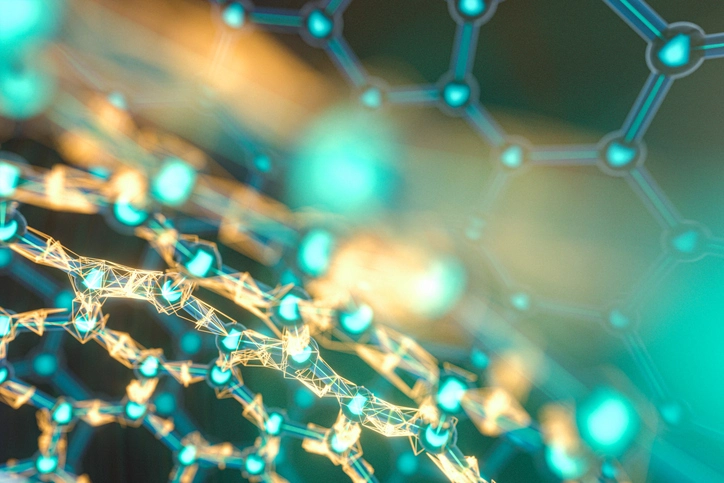ISO 4892 UV Aging Resistance Performance Testing of IoT Enclosures
In the rapidly evolving landscape of smart home and IoT technology, ensuring the durability and longevity of enclosure materials is critical. Exposure to ultraviolet (UV) radiation can significantly impact the performance of these devices over time, leading to potential failures and reduced product life expectancy. This service focuses on the ISO 4892 UV Aging Resistance Performance Testing, which evaluates how well IoT enclosures withstand exposure to UV light under controlled conditions.
The ISO 4892 series of standards provides a framework for testing materials used in outdoor applications, including those exposed to natural elements like sunlight. This service specifically targets the UV aging resistance performance aspect, which is crucial for IoT enclosures that may be placed outdoors or near windows where UV radiation can penetrate.
The test aims to assess the following key factors:
- Color change: The extent of discoloration due to UV exposure.
- Loss of gloss: Reduction in surface luster resulting from aging.
- Weigh loss: Decrease in mass, which can indicate degradation.
- Tensile strength retention: Maintaining mechanical integrity despite UV exposure.
- Flexural modulus retention: Preservation of stiffness under bending stress.
Testing is conducted using a xenon arc lamp that simulates the effects of natural sunlight, including UV radiation. The test conditions are carefully controlled to ensure accurate results. Specimens from IoT enclosures undergo rigorous exposure, and the performance metrics mentioned above are meticulously recorded at intervals throughout the testing period.
The process begins with selecting appropriate specimens representing the materials used in the enclosures. These samples are then subjected to UV radiation within a specialized chamber that maintains precise temperature and humidity levels. The duration of testing varies depending on the specific requirements, but it can range from days to weeks, depending on the desired exposure time.
The test setup includes:
- A xenon arc lamp
- Temperature and humidity control systems
- Spectroscopic analysis equipment for color change measurement
- Tensile testing machines for mechanical property evaluation
The results of the ISO 4892 UV Aging Resistance Test are presented in a comprehensive report, which includes:
- Specimen description and preparation details
- Test conditions and duration
- Observations on color change, gloss loss, weigh loss, tensile strength retention, and flexural modulus retention
- A comparison of pre- and post-test properties
- Evaluation based on ISO 4892 criteria
This service is particularly valuable for quality managers, compliance officers, R&D engineers, and procurement teams responsible for ensuring the reliability and durability of IoT devices in outdoor environments. By adhering to ISO 4892 standards, manufacturers can enhance product performance, extend shelf life, and meet regulatory requirements.
Applied Standards
| Standard Number | Title | Description |
|---|---|---|
| ISO 4892-1:2018 | Evaluation of weathering resistance of non-metallic materials - Part 1: General requirements and terminology | This part provides general requirements for the evaluation of the resistance of non-metallic materials to environmental factors such as sunlight, rain, dew, and temperature. |
| ISO 4892-3:2016 | Evaluation of weathering resistance of non-metallic materials - Part 3: Exposure to UV radiation | This part specifies the test methods for evaluating the resistance of non-metallic materials to exposure to UV radiation. |
| ASTM G154-20 | Aging of Plastics by Exposure to Ultraviolet and Heat | An American Society for Testing and Materials (ASTM) standard that provides guidelines for conducting weathering tests on plastics. |
| EN 936:2015 | Deterioration Resistance of Non-Metallic Parts of Electrical Equipment - Test Methods | This European Norm specifies methods for determining the deterioration resistance of non-metallic parts used in electrical equipment. |
The application of these standards ensures that the testing methodology is consistent and replicable, providing reliable data for decision-making processes within manufacturing and quality control departments. Compliance with ISO 4892-3 specifically addresses UV aging concerns, making it an indispensable tool in the evaluation of IoT enclosure materials.
Environmental and Sustainability Contributions
The durability ensured by ISO 4892 UV Aging Resistance Testing not only enhances product performance but also contributes to environmental sustainability. By selecting materials that can withstand long-term exposure, manufacturers reduce the need for frequent replacements, which in turn lowers waste generation.
Moreover, this testing supports broader sustainability goals by:
- Promoting longer product lifecycles
- Reducing the environmental impact of production and disposal
- Encouraging the use of recyclable materials
- Supporting circular economy principles through extended durability and reusability
The results of this testing can help companies meet sustainability targets by identifying the most durable and eco-friendly materials for their IoT device enclosures. This approach aligns with global efforts to reduce carbon footprints and promote sustainable manufacturing practices.
Use Cases and Application Examples
The ISO 4892 UV Aging Resistance Test is applicable in a variety of scenarios where IoT devices are exposed to direct or indirect sunlight. Some notable use cases include:
- Outdoor smart speakers: Ensuring durability against UV radiation while maintaining sound quality.
- Smart thermostats and sensors: Guaranteeing accurate temperature and humidity readings in harsh weather conditions.
- Weatherproof cameras: Maintaining image clarity and resolution even after prolonged exposure to sunlight.
- Outdoor lighting fixtures: Ensuring longevity of LED components under UV stress.
In each case, the test ensures that the enclosures can maintain their functionality over extended periods without degradation. This is particularly important for devices designed for outdoor installations or those used in environments with significant sunlight exposure.
By leveraging this testing service, companies can enhance product reliability and gain competitive advantages by delivering products that meet stringent durability standards.





